Tip Tuesday: Pattern Storage and Organization
By now, you know that I own more than a few patterns. I actually don’t know the full number- it’s probably in the thousands (asking a seamstress how many patterns or yards of fabric she owns is akin to asking a woman her age. Just don’t do it if you want to be happy. Compliment her on her amazing organization instead!).
Which begs the question…how on earth do I organize it all? I see this question bandied about frequently, and it’s an important one. With limited time to sew, we all want to find a way to store and organize patterns so that they can be accessed quickly and easily. I love hearing about how others organize their collection, so I thought I’d share my own methods, and see what you all think.
I divide my pattern organization into two categories: digital and physical. Before I started sewing indie PDF patterns, I purchased quite a few “Big Four” paper patterns, so I have to have a system that works well for both types.
Digital
This is the easy part. I organize my digital files into folders on my computer. Here’s a quick run-down of my system:
All digital patterns are immediately put into a folder upon download. I try NOT to download things immediately to my phone or ipad, because they often don’t make it into their folder if I do!
On my computer, there are folders for “Sewing Patterns”, which then have sub-folders for women’s, kids, children’s or home dec patterns. Each one of these sub folders has additional folders inside, one for each pattern designer. If a pattern fits into two categories (i.e. women and children) it is copied and put in both places!
Physical Patterns- PDF Type
Once I’ve got my paws on a newly printed/assembled PDF Pattern, it’s time to store it in a physical location. Not all PDF patterns are immediately printed. Some are stored on my computer until I’m ready to print. Once they are printed, I do one of the following:
- Trace it!
- I use Swedish Tracing Paper for patterns that I need to manipulate and/or patterns that I want to be able use again and again. This paper is more expensive, but comes in wide rolls and is very durable. You can even sew through it, making it ideal for quick fit checks.
- Medical Exam Paper: Most traced patterns are put onto Medical Exam Paper. It’s less expensive than swedish tracing paper, but narrower and less durable. It’s great for a quick trace though, or for tracing hacked patterns.
- Fold it up and keep it as a paper draft
- I do this most often for childrens patterns, swimwear or lingerie, as they are small patterns and easy to fold and put away.
After I’ve traced and sewn a pattern, it needs to be put away. I find these 9 by 12 envelopes perfect for the job! I label them with all the pertinent details, then file them away (explained below).
- Pattern Designer goes in the upper right corner, for easy identification
- Size traced, notes and modifications are noted on the left side, along with hints or suggestions for next time
- I also like to note how many times I’ve made a pattern, and will sometimes even rate it on a scale of 1-10 for easy reference. Even though the details are always so fresh in my mind right after I’ve sewn it, they fade quickly and this system keeps me from having to start from scratch every time I break out an older pattern.
The one exception to this are my large format printed files. I print my favorite pattern companies/patterns in large format, and then roll them up and label them on the outside. Right now I roll these up and stick them in the corner, but I need a better system.
I’m thinking either one of the wrapping paper storage bins or a re-purposed plastic bag holder from IKEA with the rolls going in horizontally? I’ve seen people store their HTV this way, and I think it would work well!
Physical Patterns- Printed
- Printed Vs. Paper:
- I also own a fair number of printed patterns, both from “Big Four” companies and from smaller companies, like Oliver and S, that offer a printed option. When I’m given a choice, and am not in a hurry to get a pattern, I’ll always opt for a printed copy, because I feel the price is comparable to a PDF over the lifespan of the pattern (you have to factor in ink costs, and the possibility of needing to print multiple sizes over time).
- These printed copies are immediately separated from their envelopes, and placed in the larger 9×12 envelopes just like their PDF cousins. They are labeled with the sizes they include, and pattern number, if applicable. If I have an inspiration photo I’ve cut from a magazine, that will go in there as well.
- The pattern cover (without the actual pattern inside) is then stored in a binder, according to the pattern type:
- Dresses/skirts
- Pants
- Tops
- Indie Pattern Designers
- Men’s/Children’s Patterns
- Home Dec
- I have a separate process for Jalie Printed Patterns, as they are quite large. I found these oversized clear plastic bags, and they go two to a bag, with any traced pieces inside and the pattern cover showing on the front and back (mine are slightly different from the ones in my link, but I like the ziploc ones better). Because the bags have handles, these are either hung in my fabric closet with hangers or stored on a bookshelf.
File Storage
- Regardless of whether they are PDF or printed patterns, all pattern pieces in large white envelopes go into (ugly) file drawers. You know, the kind you usually find in the dentists’ office. But hey, it was free, and it does the job well!
- I have a quick access drawer in my sewing room with all my current favorites, and a larger file cabinet in my bedroom closet for the masses.
- This larger file unit is organized by pattern designer, and to the extent that a pattern company uses a numbering system, sequentially by number.
- When I’ve tired of a pattern, it moves from my quick access drawer to the larger closet.
Well, that’s pretty much it! I wish I had this much organization in my pantry or refrigerator, but priorities people!
Tell me what you think- and how you organize your patterns in the comments!
Did you like this post? You can check out my other Tip Tuesday/Fail Friday posts HERE, or subscribe to my blog HERE.
Note: This post contains affiliate links. Any purhcase you choose to make using one of htese links will be put toward my pattern organization fund (at no cost to you). Thank you!
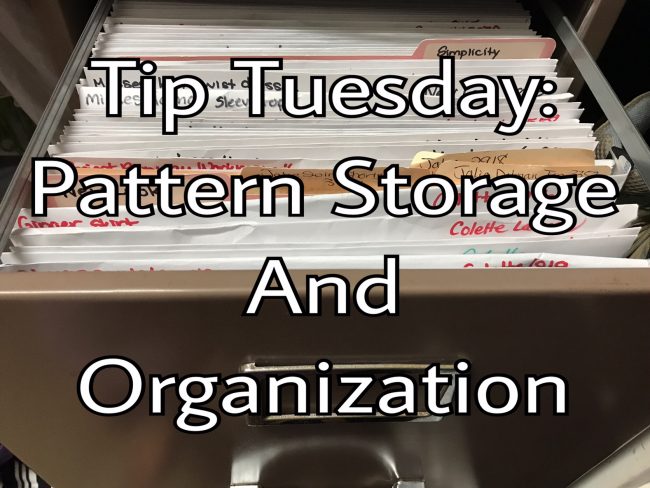
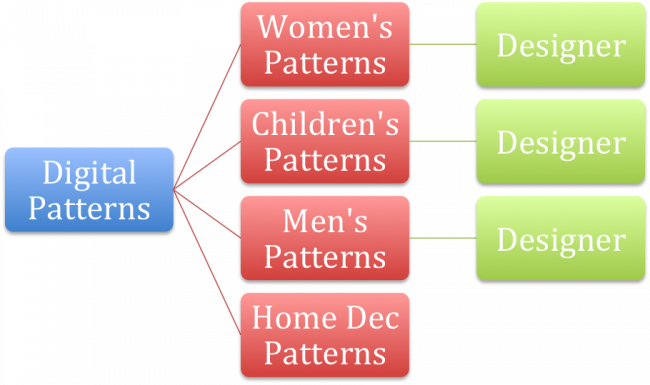
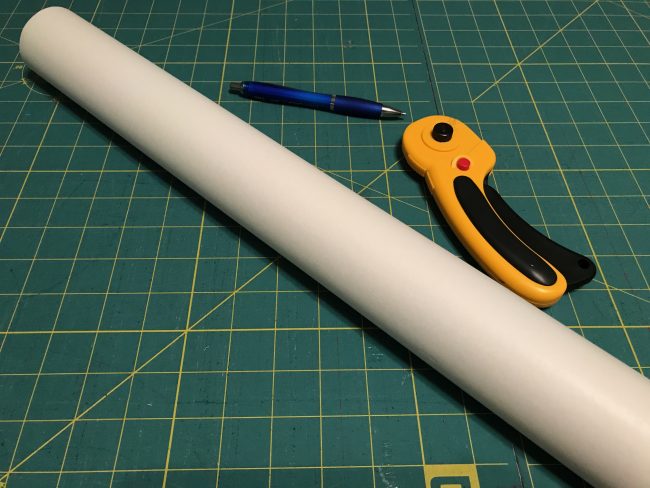
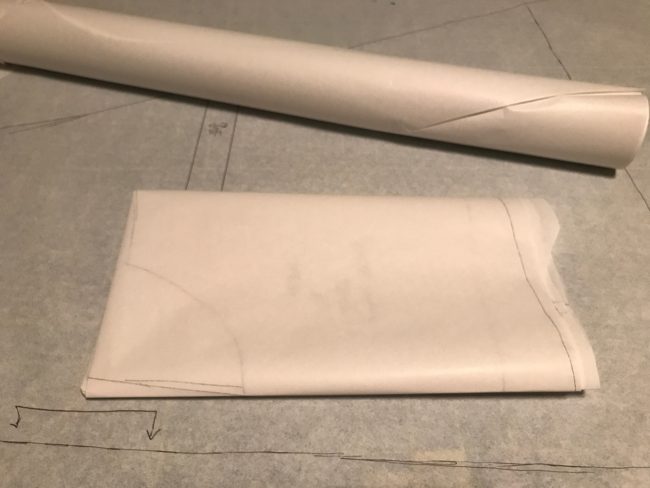
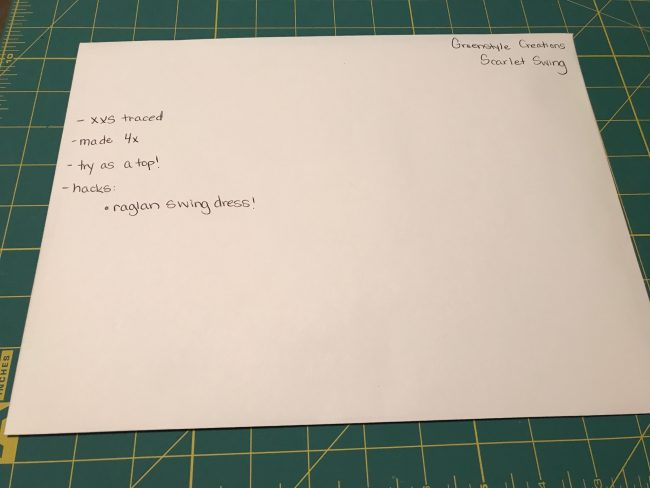
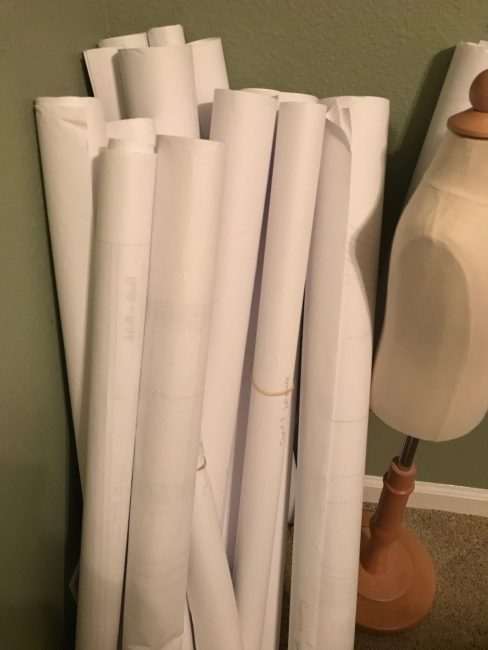
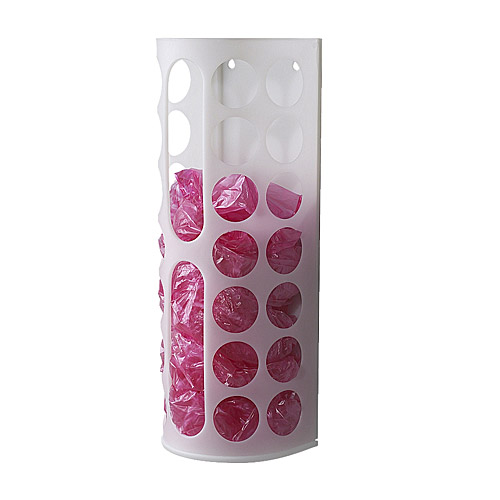
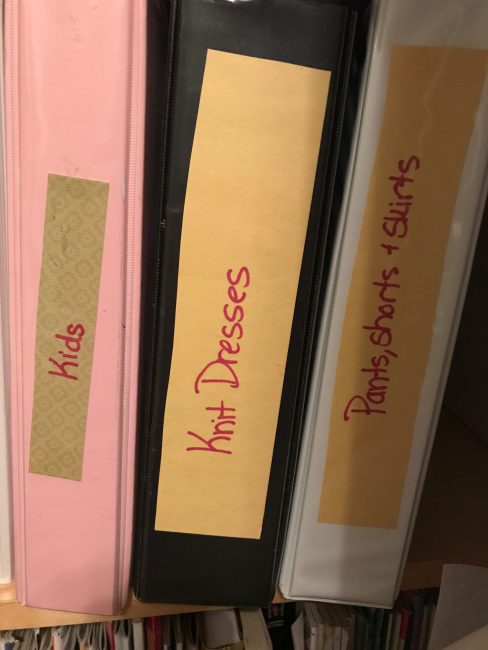
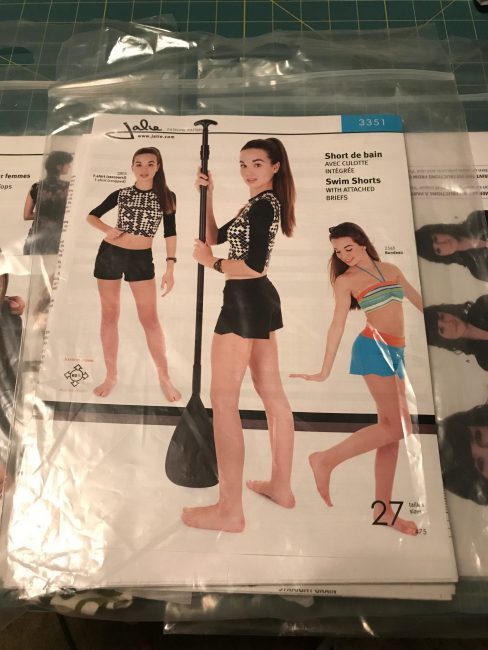
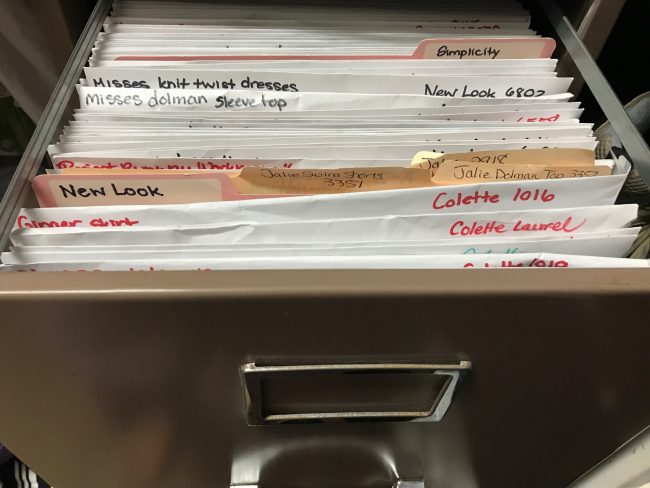
Wow! I’ve recently started sewing again and am already overwhelmed with patterns. Your post was incredibly helpful. Thank you so much!
I’m so glad it was helpful! Welcome back to sewing- they do accumulate fast!
Very nice! Thanks for the tips on the envelopes. What is the measurement of a the Jalie printed pattern envelope? Do those also fit into the file cabinet drawer? thx. 🙂
I have accumulated quite a few patterns myself, but my storage system is a bit different. Always interesting to see what works for other people. I vastly prefer printed patterns, even with indie patterns, as the cost of printing them myself at home does not justify the price differential between the .pdf version and the printed version. Plus the horrors of cutting and taping! I guess I am just not any good at it, because it never comes out quite right, no matter how careful I am. So I stick with printed or large format patterns. I have to Really want a pattern to purchase a print at home pattern, or it has to be small.
Anyway, storage wise, I organize my patterns by type of garment, such as skirt, knit dress, knit top, jacket, woven top, woven dress, activewear, costumes, vintage, men’s, vest, combinations, crafts, accessories. If a pattern could be woven or knit it goes into the knits, as I prefer knits in general. If there are several garments included, it goes in the category that I purchased the pattern for, for example, there is a skirt and a blouse, and I will never make the blouse, it goes in the skirts. If I like both, it goes in the combination category. I don’t actually use my patterns all that much, as I often end up using them for inspiration and making my own pattern or just free handing it, so keeping the envelopes is crucial. I found perfect sized plastic tubs at Target that hold most printed patterns perfectly. I have to fold the excess from the larger Vogue patterns to make them fit, but I don’t mind doing that. Each bin is labeled with the pattern type and stored on a shelf in my closet. When I need to look through them, I just pull out the right bin. I have a master list of patterns by manufacturer and number that I can refer to when pattern shopping to prevent re-buying patterns I already have.
My digital patterns are stored in two ways. I keep the digital copy in a file on my computer labeled sewing patterns. The printed version is folded and slipped into a sheet protector that is kept in a three ring binder on my bookshelf in the sewing room. I print the instructions, put those into either the same or a different sheet protector, depending on the thickness of the project. This makes it easy to flip through the binder to look at the available patterns. Some projects with very large pattern piece sizes are rolled instead, labeled on the ouside, and stored standing up in a space in the closet. I still keep the instructions stoed in the binder. Jalie patterns don’t fit anywhere, but I only have four, so I just slip them next to the pattern tubs and call it good. Although I haven’t tried to put them in a sheet protector yet.
Wow- this is a great system! Thank you for sharing- I love your ideas!
Wow- this sounds like a great system!
Hi Sarah! This was very helpful and I’m going to start it soon. Question for you, do you put the pattern cover in a sheet protector to store in the binders? Thank you!
I do, actually, just the cheapies from walmart!
I really love this post, and am going to attempt to organize patterns in this way. I have a question for paper patterns, do you also put the instruction sheets in the 9 x 12″ envelopes, or do you keep it with the pattern cover in the binder. Thank you!
Great question! Most of my instructions are digital, but when I have paper instructions, I keep them with the cover in the binder, because sometimes I like to select my patterns based on difficulty, or need to know the amount of fabric needed.
Excellent! Thanks, I like that idea, too!